Every story, from the epic to the short tale, is built upon the foundation of various literary elements. These components work together to engage the reader, develop a narrative, and convey a message. Understanding these elements is crucial for both readers and writers, as they are the tools that craft the world within a story and its characters.
Stories are constructed using eight key literary elements, each serving a distinct role in narrative development. Let’s delve into an overview of these elements:
- Plot: The sequence of events that unfold in a story, providing structure and direction.
- Characters: The individuals, creatures, or entities who inhabit the story, each with their own traits, motivations, and growth.
- Theme: The underlying message or insight about life or human nature that the story conveys.
- Setting: The time and place in which a story occurs, shaping the backdrop against which events unfold.
- Conflict: The challenges or oppositions that the characters face, driving the story forward.
- Point of View: The perspective from which the story is told, influencing how the narrative is presented to the reader.
- Style: The distinctive way in which a writer uses language, shaping the story’s tone and atmosphere.
- Tone: The attitude or emotional outlook that the narrative voice conveys towards the subject and the audience.
Each of these elements plays an essential role in storytelling, weaving together to create a compelling and immersive narrative experience.
1. Plot

The plot is the sequence of events that unfold in a story, guiding the reader through the journey of the characters and the challenges they face. It is the backbone of the narrative, crafted to engage the reader’s attention from beginning to end. A well-structured plot is essential for maintaining suspense, developing characters, and conveying the theme of the story. Through its twists and turns, the plot navigates the reader through the emotional and psychological landscapes of the characters, making the story memorable and impactful.
Elements of Plot

A plot is composed of several key elements that structure the narrative arc, ensuring a smooth progression from the story’s beginning to its conclusion.
- Exposition: Sets the scene, introducing the main characters, setting, and the basic situation of the story. This is where the reader gets their first taste of the world the story inhabits.
- Inciting Incident: An event that disrupts the status quo and begins the story’s main conflict. It propels the protagonist into the narrative’s central action and sets the plot in motion.
- Rising Action: A series of events that create suspense, tension, and complications. These challenges and obstacles for the protagonist intensify the story’s conflict.
- Climax: The most intense point of the story, where the main conflict reaches its peak. The outcome of the climax has significant consequences for the protagonist and other characters.
- Falling Action: Events that unfold after the climax, leading towards the resolution. Conflicts begin to resolve, and the story moves towards its conclusion.
- Resolution: The part of the story where the main conflict is resolved. It brings closure to the plot, resolving any remaining subplots and loose ends.
- Epilogue: An optional section that follows the resolution, providing additional details or a glimpse into the characters’ futures after the main story has concluded.
2. Characters
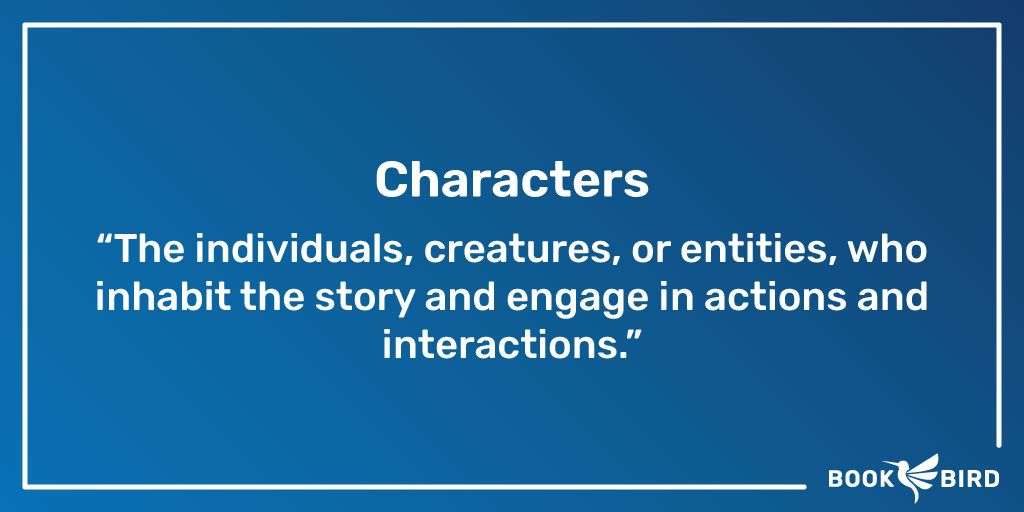
Characters are the essence of storytelling, bringing life and emotion to the narrative. They are the vessels through which readers connect to the story, experiencing the joys, sorrows, and challenges depicted in the narrative. A rich tapestry of characters enhances the depth and complexity of a story, allowing for a more immersive and relatable experience. Whether through the growth of a protagonist, the resistance of an antagonist, or the support of secondary characters, each plays a pivotal role in advancing the plot and enriching the thematic elements of the story.
Types of Characters
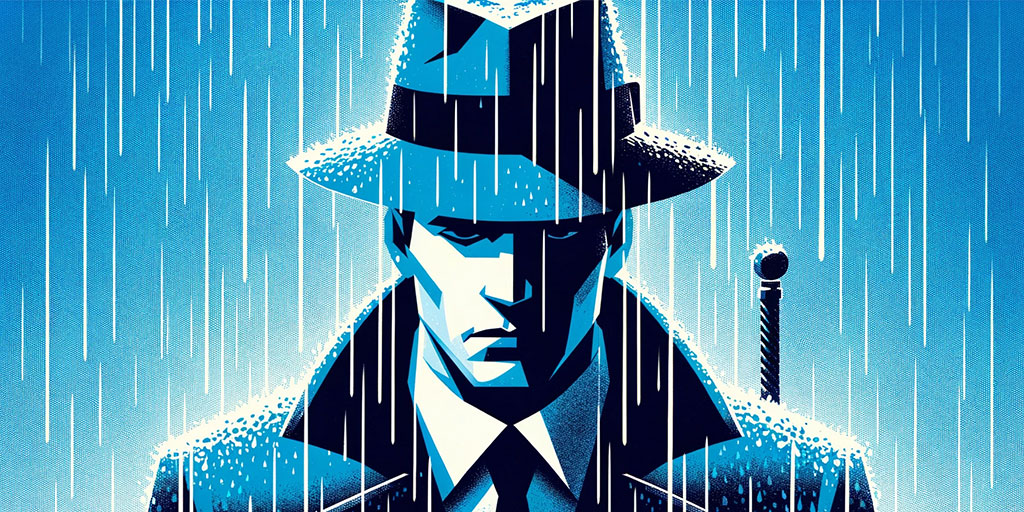
Characters can be classified into various types, each serving distinct roles within the narrative framework.
- Protagonist: The central figure of the story, around whom the main plot revolves. The protagonist is often the character who faces the most significant challenges and undergoes growth or change. Example: Harry Potter in the Harry Potter series by J.K. Rowling
- Antagonist: The force opposing the protagonist, which can be a person, a group, nature, or a personal flaw. Antagonists create conflict and drive the narrative forward. Example: Sauron in The Lord of the Rings by J.R.R. Tolkien
- Dynamic Character: A character who undergoes significant internal change over the course of the story, whether in personality, attitude, or perspective. Example: Elizabeth Bennet in Pride and Prejudice by Jane Austen
- Static Character: A character who remains largely unchanged throughout the story. Their consistency can highlight the development of other characters. Example: Sherlock Holmes in the Sherlock Holmes series by Arthur Conan Doyle
- Round Character: A well-developed character with a complex personality, often possessing conflicting traits that make them more realistic and relatable. Example: Jay Gatsby in The Great Gatsby by F. Scott Fitzgerald
- Flat Character: A character with a simple, unchanging character profile, usually with one or two traits defining their personality and role in the story. Example: Mr. Collins in Pride and Prejudice by Jane Austen
- Stock Character: A stereotypical character representing a specific type in society, easily recognizable by audiences. Example: The Loyal Servant – exemplified by Samwise Gamgee in The Lord of the Rings by J.R.R. Tolkien
- Foil Character: A character that contrasts with another character, typically the protagonist, to highlight particular qualities or flaws of the other character. Example: Draco Malfoy to Harry Potter in the Harry Potter series by J.K. Rowling
- Supporting Character: Characters who play secondary roles in the story, supporting the development of the plot and the main characters. Example: Hermione Granger in the Harry Potter series by J.K. Rowling
3. Theme

The theme of a story is its underlying message or the central idea it conveys. It reflects the deeper meaning behind the narrative, often relating to universal truths about human nature, society, or the human condition. Themes can be explicit or implicit, challenging readers to delve beyond the surface of the story to uncover the insights and lessons it aims to impart. By exploring themes such as love, loss, courage, and redemption, stories not only entertain but also offer reflections on the complexities of life and the moral dilemmas we face. V. Setting
4. Setting
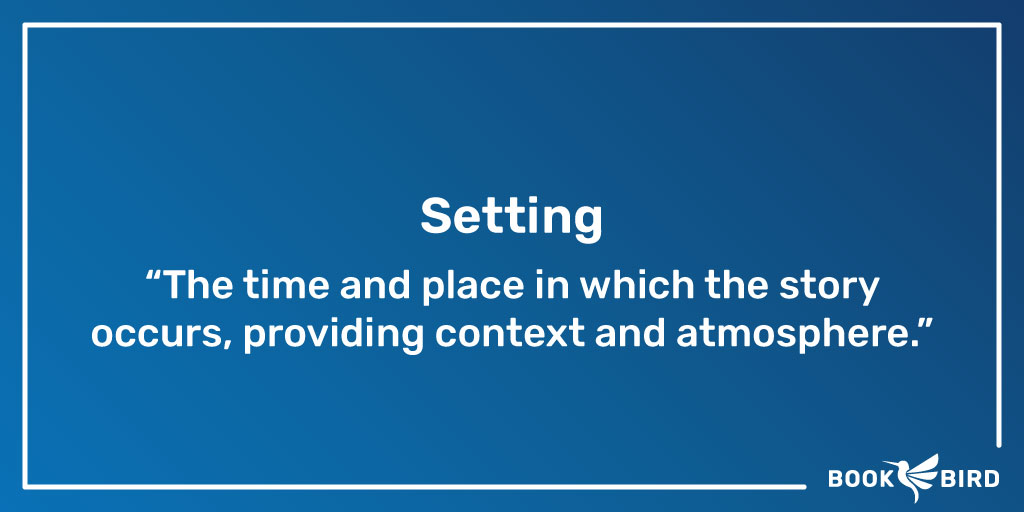
The setting of a story encompasses the time and place in which the narrative unfolds. It serves as the backdrop against which the characters’ lives and stories are played out, influencing the mood, atmosphere, and even the plot of the narrative. A well-crafted setting can transport readers to another world, immerse them in different cultures or historical periods, and enhance the believability of the story. Whether it’s a bustling city, a quiet village, a distant planet, or a historical era, the setting shapes the reader’s experience and helps to establish the context in which the characters’ actions and decisions are made.
5. Conflict
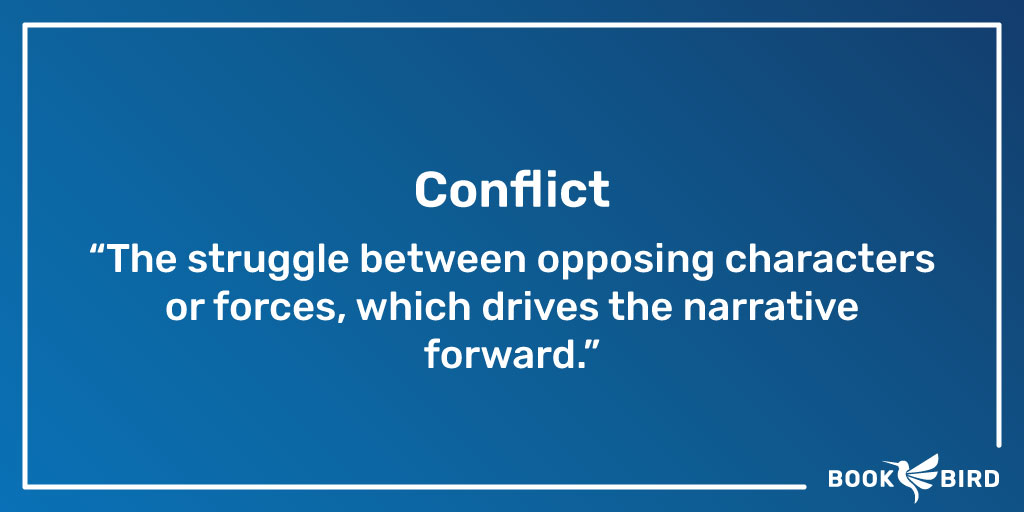
Conflict is the driving force of a narrative, creating tension and interest by presenting obstacles for the characters to overcome. It is through conflict that characters are tested, themes are explored, and plots are propelled forward. Whether internal or external, conflict introduces challenges that make stories compelling and relatable. By engaging with conflicts, characters reveal their strengths, weaknesses, values, and growth, offering readers insights into human nature and the complexities of life. The resolution of these conflicts often provides the climax of the story, leading to a satisfying or thought-provoking conclusion.
Types of Conflict
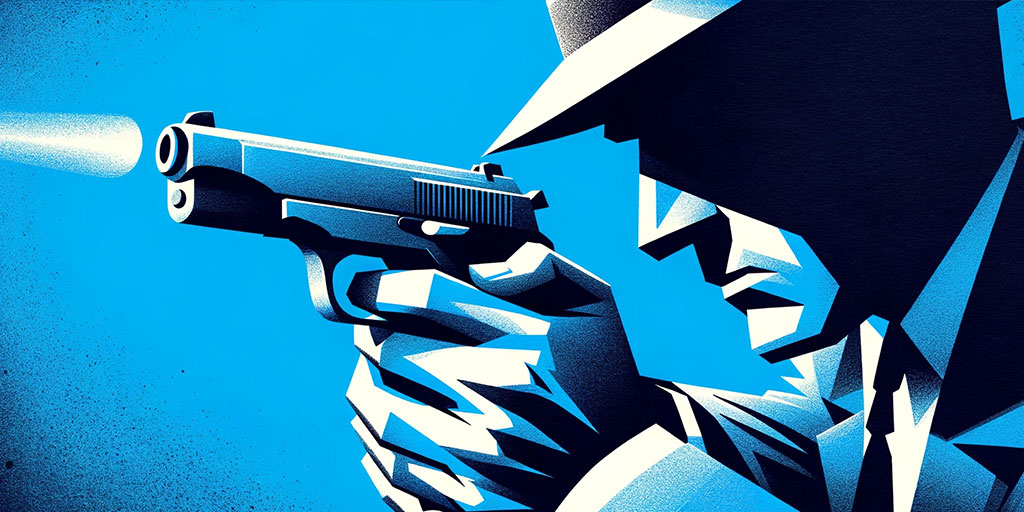
Conflicts in literature can take many forms, each bringing its own set of challenges for the characters to navigate.
- Character vs. Self: A struggle within a character, dealing with internal dilemmas, fears, or flaws. This conflict often involves a character’s quest for self-identity or moral decisions.
- Character vs. Character: A conflict between characters, often the protagonist and antagonist, stemming from opposing desires, beliefs, or values.
- Character vs. Society: A character’s struggle against societal norms, expectations, or laws, challenging the status quo or fighting for social change.
- Character vs. Nature: A battle against natural forces, highlighting the fragility of human life and the power of the environment.
- Character vs. Technology: A conflict arising from the challenges or threats posed by technological advancements, often exploring themes of alienation, dependency, or ethical dilemmas.
- Character vs. Supernatural: A struggle against elements beyond the natural world, such as ghosts, monsters, or otherworldly forces, reflecting fears of the unknown.
- Character vs. Fate/Destiny: A character’s battle against a predetermined path or destiny, questioning the concepts of free will and determinism.
6. Point of View
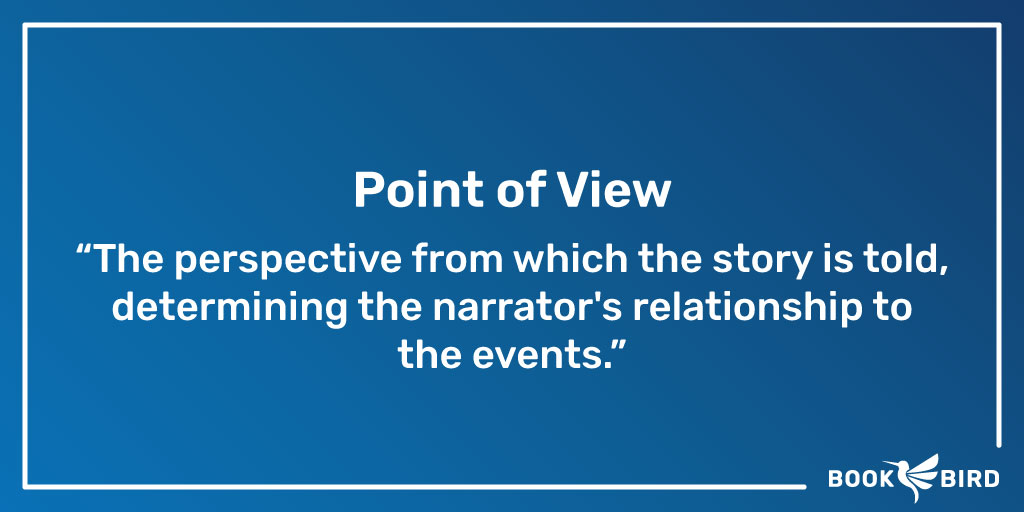
The point of view (POV) in storytelling defines the perspective from which the story is told, significantly affecting the reader’s connection with the narrative and characters. It determines how much the readers know about the characters’ thoughts, feelings, and the events of the story. Choosing the right POV is crucial for the author, as it shapes the entire narrative structure, influencing the tone, depth, and engagement of the story. Whether it’s through the eyes of a single character or an all-knowing narrator, the POV sets the lens through which the audience views the story world.
Types of Point of View

The narrative perspective comes in several distinct forms, each offering unique advantages for storytelling.
- First Person: Narration is done by the character, using “I” or “we,” offering an intimate glimpse into the thoughts and feelings of the narrator, but limited to their knowledge and experiences.
- Second Person: Uses “you” to make the reader the protagonist, creating a direct and immersive experience, though it’s less common in narrative fiction.
- Third Person Limited: Focuses on the thoughts and experiences of a single character at a time, using “he,” “she,” or “they,” offering a balance between intimacy and objectivity.
- Third Person Omniscient: The narrator knows all the thoughts, actions, and feelings of the characters, providing a comprehensive view of the story world.
- Third Person Objective: The narrator reports events in a detached manner, without delving into the inner thoughts or feelings of characters, focusing instead on observable actions.
- Fourth Person: A less traditional and more experimental viewpoint, suggesting a collective or universal perspective, often used to explore communal or societal narratives.
7. Style
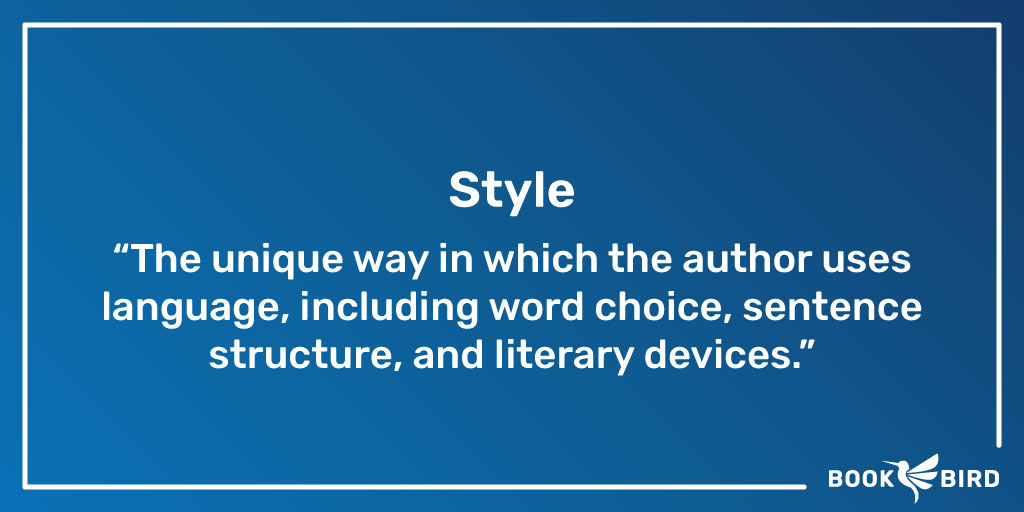
The style of a story refers to the author’s unique way of expressing ideas through word choice, sentence structure, and literary techniques. An author’s style can enhance the mood, setting, and characters of the story, making the narrative more vivid and engaging. An author’s style can range from simple and direct to complex and ornate, influencing the mood and readability of the story. This element is crucial because it not only affects how the story is told but also how it is perceived and experienced by the reader, making it a powerful tool in storytelling.
8. Tone
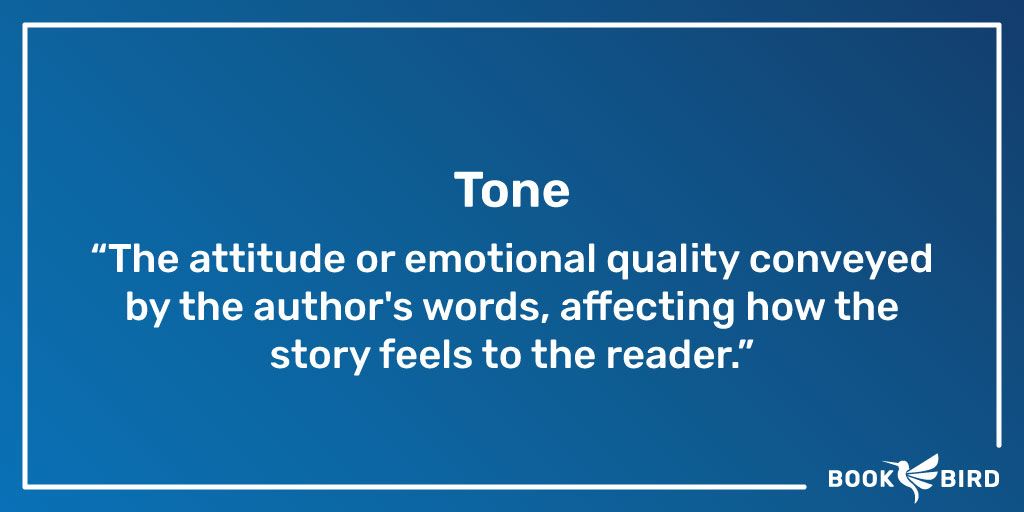
Tone, in literature, is the attitude or emotional atmosphere that the author adopts towards the subject and the audience. This can range from formal, informal, playful, sarcastic, to melancholy, or anywhere in between. The tone guides the reader’s emotional response, subtly influencing how the plot, characters, and themes are perceived. It’s through tone that an author can elicit sympathy for a protagonist, disdain for a villain, or contemplation of a complex theme, making it a vital tool in the crafting of a memorable narrative.
Frequently Asked Questions (FAQ)
Diving into the world of storytelling, several common questions arise about the core components that make up a narrative. In the following section, you will find answers to the most common questions.
What Are Literary Elements?
Literary elements are the core components of any story, including plot, characters, setting, theme, and point of view. They serve as the building blocks for crafting a narrative, offering structure and depth to literature.
Why Are Story Elements Important?
Story elements are essential because they create a compelling and coherent narrative. They engage readers, foster emotional connections, and enrich the storytelling experience through well-developed characters, intriguing plots, and immersive settings.
How Do the Elements of a Story Interact With Each Other?
The elements of a story are interconnected, with characters driving the plot, the setting influencing the plot and characters, and themes emerging from the interplay of all elements. This interaction adds depth and complexity to the narrative.
What is the Difference Between Theme and Setting?
The theme is the story’s underlying message or insight into life, offering depth and reflection. The setting is the backdrop where the story takes place, providing context and influencing the narrative’s events and characters.






